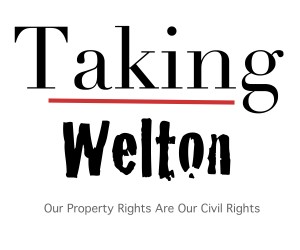A Condemnation Action is Looming — What are a Landlord’s Disclosure Obligations to Potential Lessees?
“Before an eminent domain action is filed, public infrastructure projects involve years of planning, environmental approvals, design, and property negotiations. During this time, property owners and real estate agents/brokers are often faced with deciding what to disclose about the potential condemnation to prospective tenants when attempting to lease out space. It is a difficult position to be in, as (i) disclosing too much makes it extraordinarily difficult to find a tenant willing to pay market rents with the looming “cloud” of condemnation, and (ii) disclosing too little exposes the landlord or broker to a potential concealment or fraud claim. This situation recently played out with a commercial property owner facing Caltrans’ I-5 freeway widening project, and a Court of Appeal decision in DNI Food Service v. Kim (2017) Cal. App. Unpub. LEXIS 199 provides some guidance to landlords.
In DNI Food Service, the owner of a multi-tenant retail building received a notice from Caltrans that its property would be impacted by an upcoming project. After Caltrans sent a “Notice of Decision to Appraise,” identified the permanent and temporary construction easements to be acquired, and had its appraiser inspect the property, the landlord proceeded to lease space to a restaurant without disclosing the upcoming project. Shortly thereafter, Caltrans filed an eminent domain action, which was the first time the restaurant tenant received notice about Caltrans’ taking. In the condemnation action, the tenant filed a cross-complaint against the owner and the real estate agents, claiming they should have disclosed information related to Caltrans’ planned freeway expansion that would affect the property. The tenant asserted that had the proper disclosure been made, it would have never leased the space or spent time and resources remodeling and equipping the restaurant.”
Kuhn, Brad. JDSupra Business Advisor 19 January 2017.
